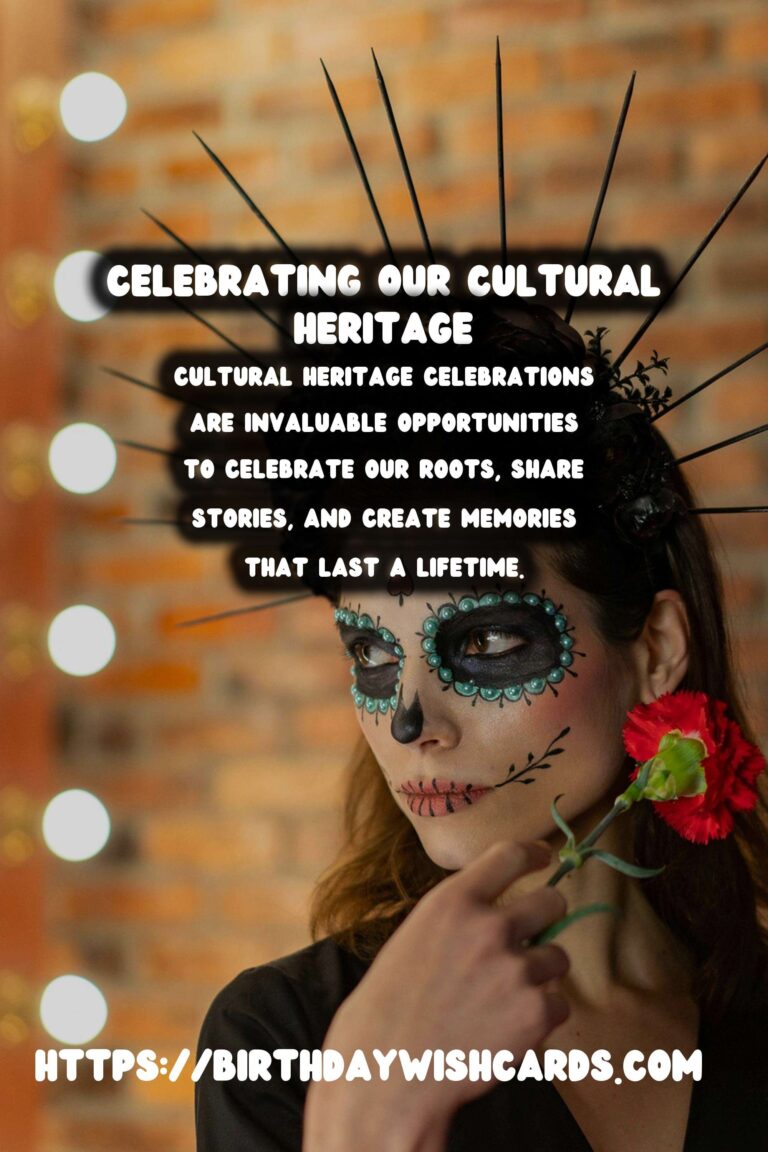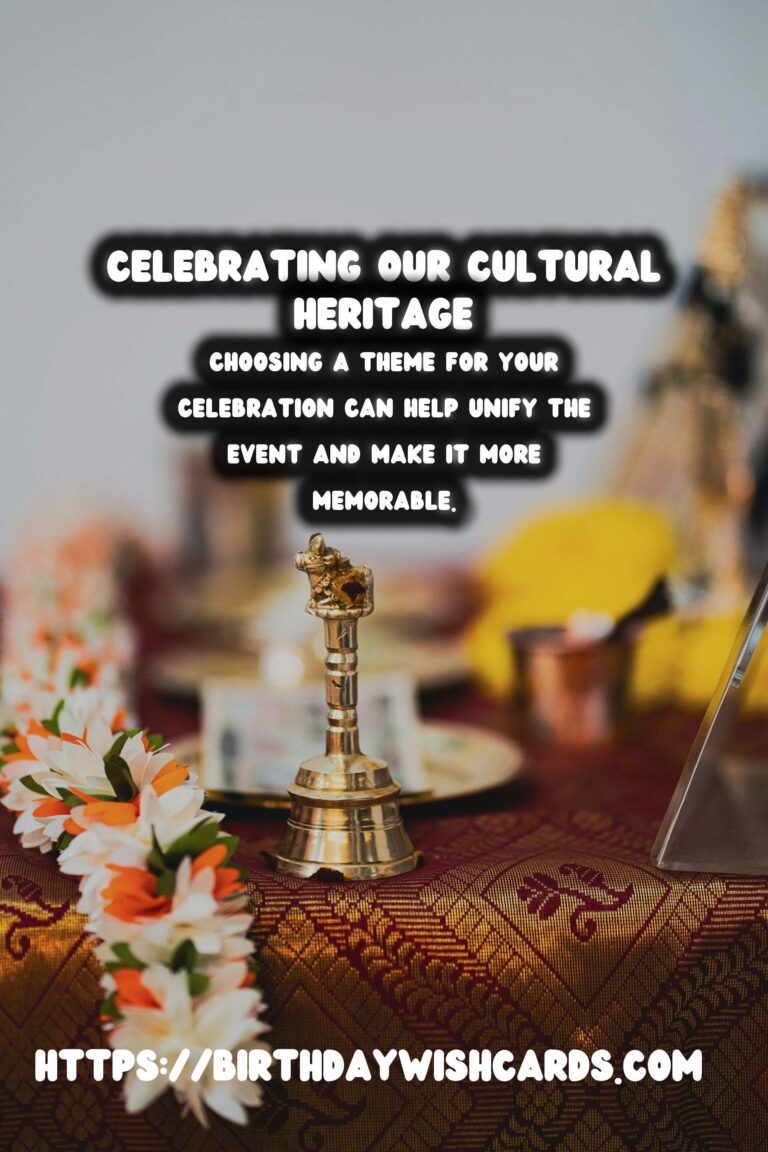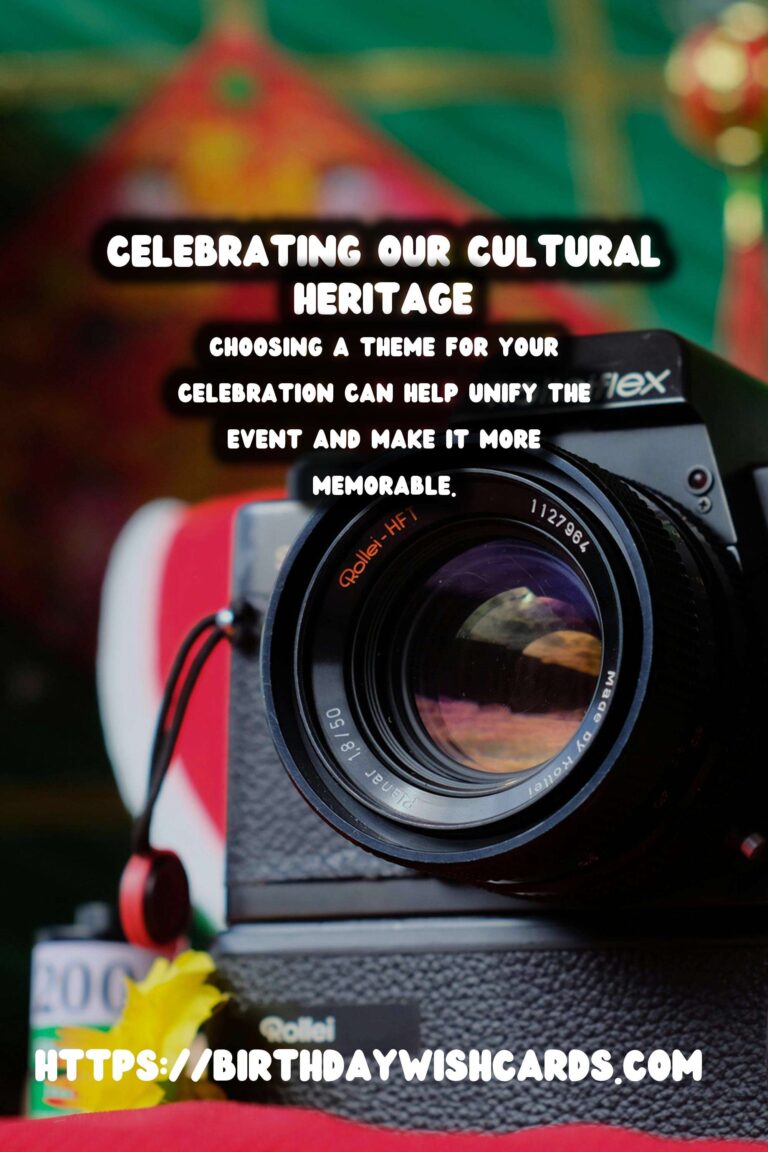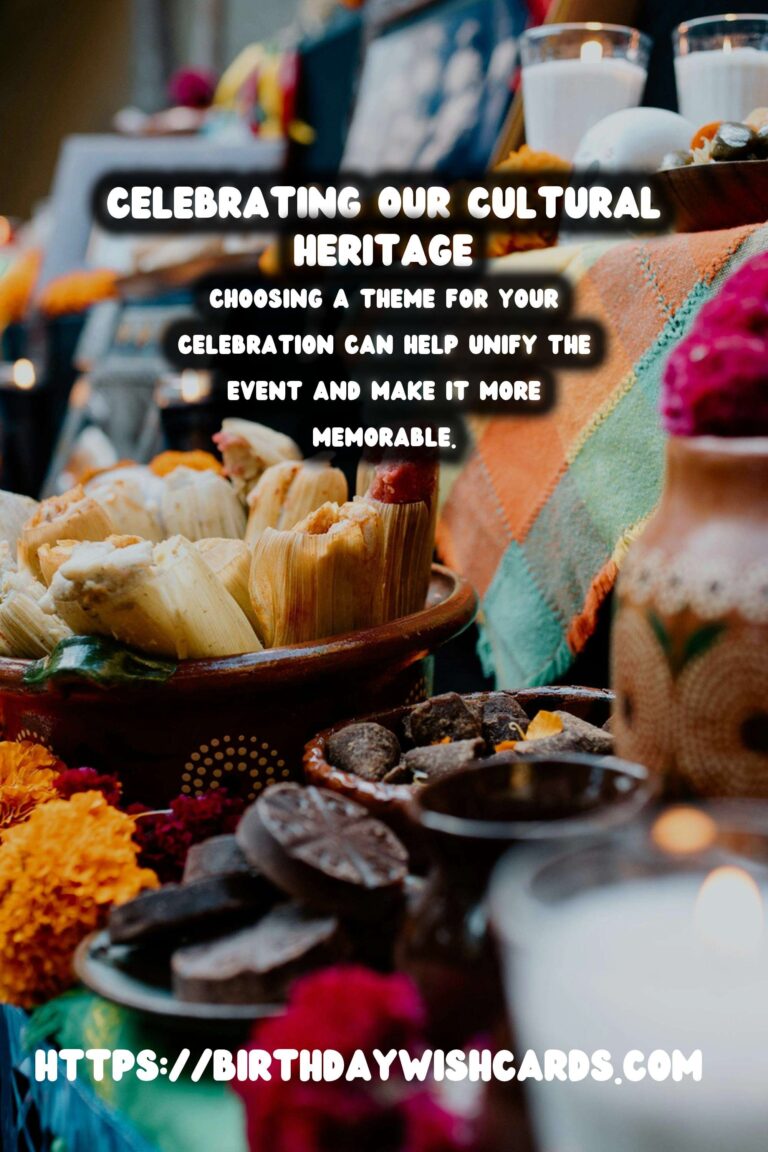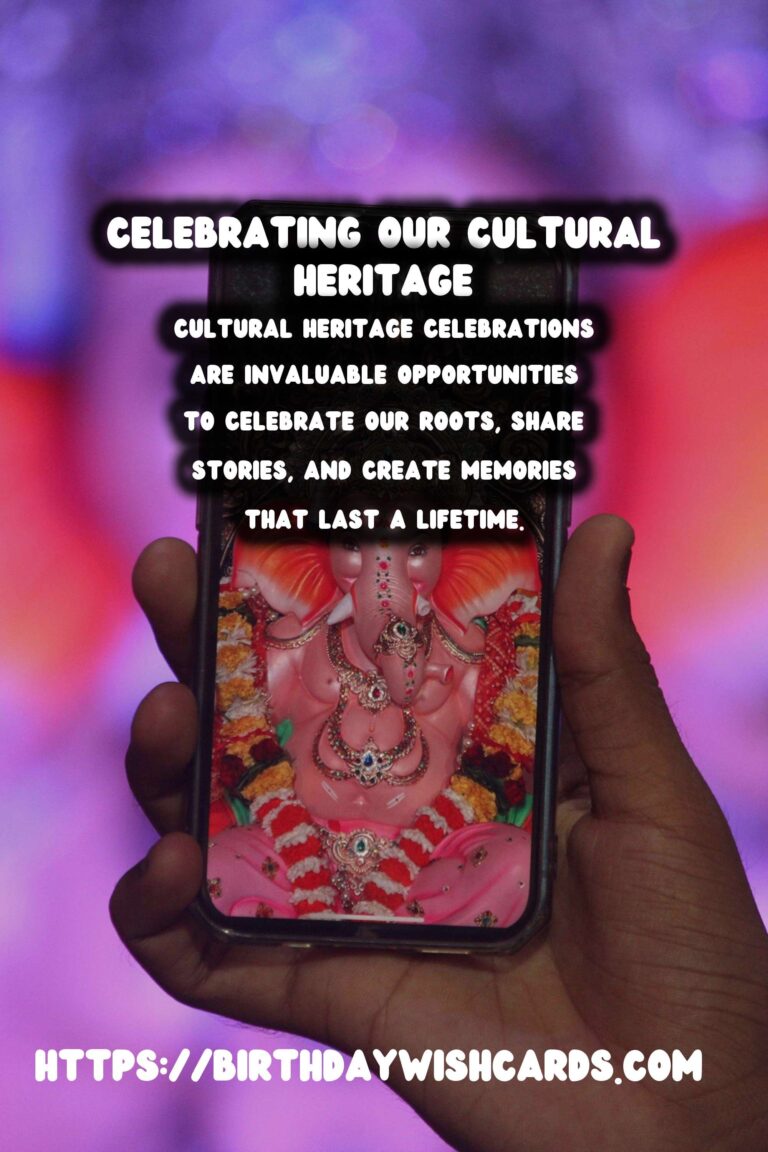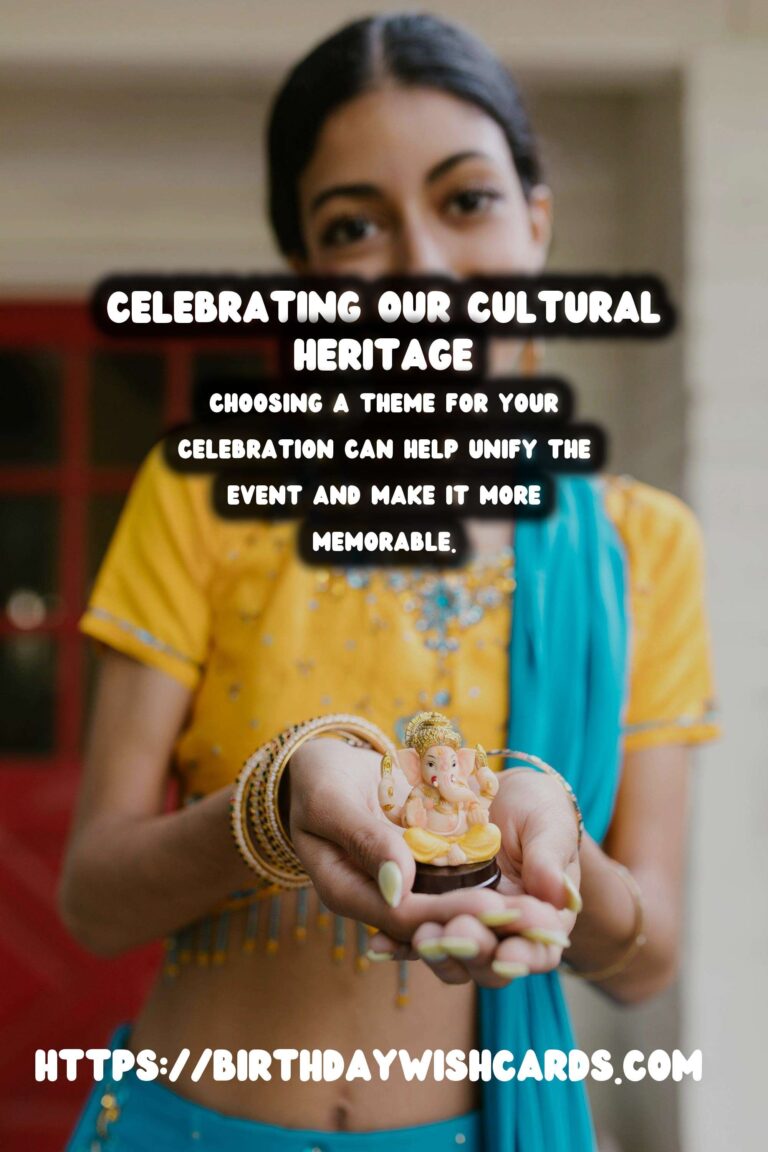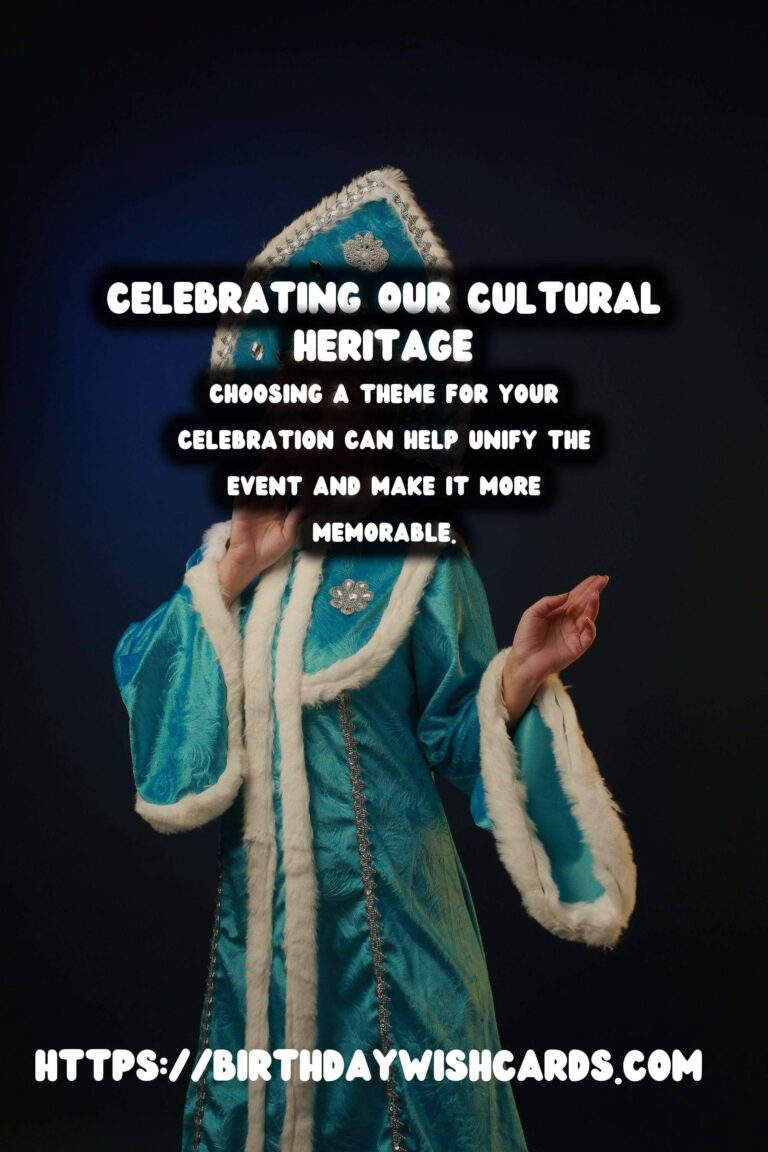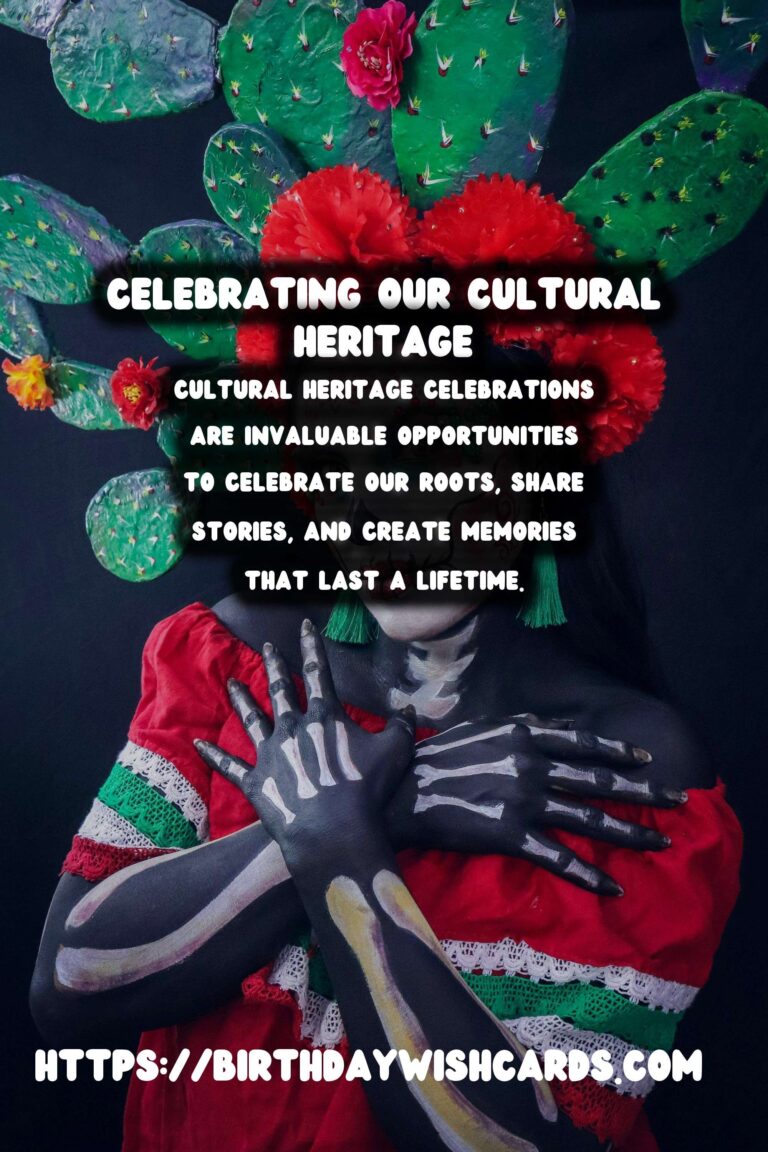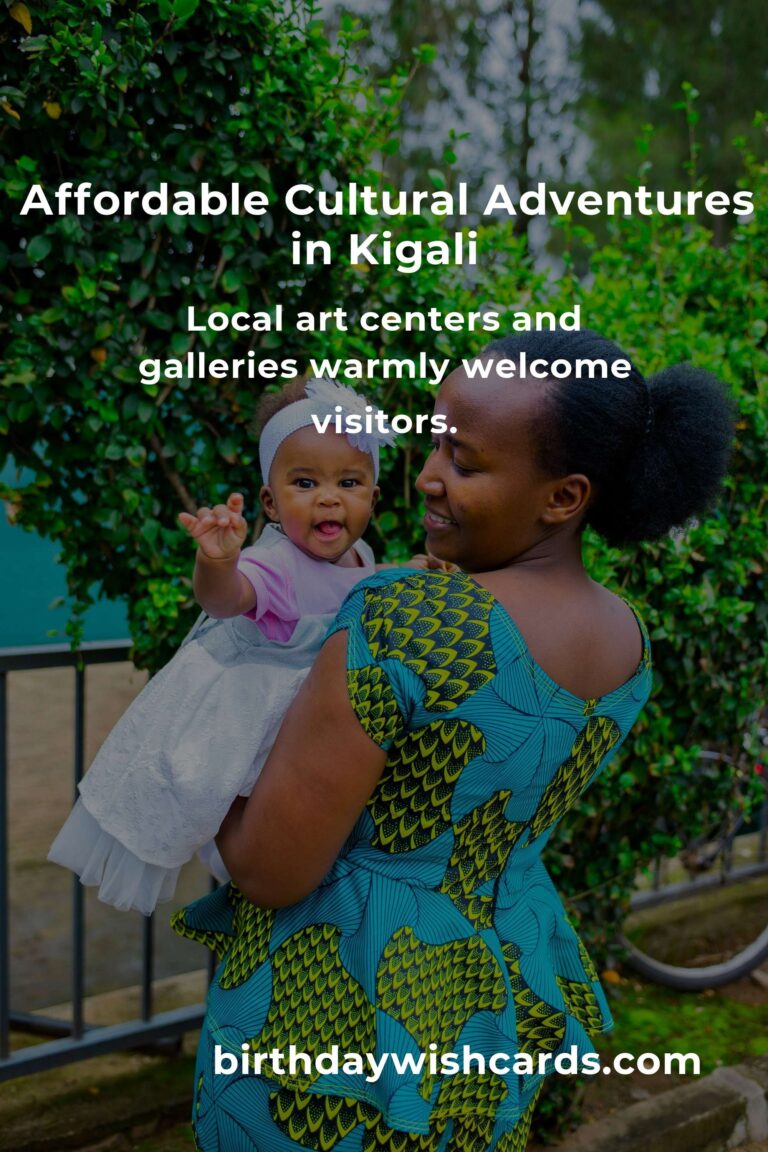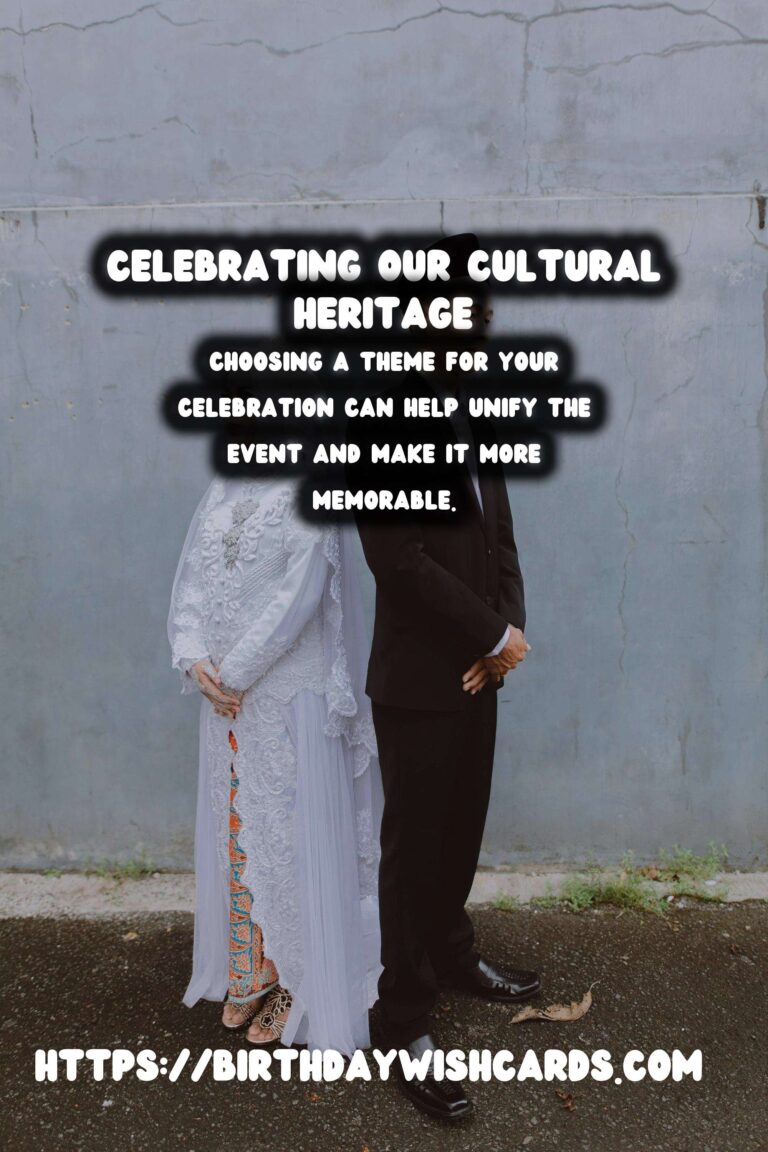
Cultural heritage celebrations are invaluable opportunities to celebrate our roots, share stories, and create memories that last a lifetime. Whether you are a community leader, an educator, or simply someone who cherishes their heritage, organizing a celebration can be a rewarding experience. In this article, we will explore practical tips to help you organize a cultural heritage celebration that resonates with participants and creates lasting memories.
1. Define Your Goals and Objectives
The first step in organizing a cultural heritage celebration is to clearly define your goals and objectives. Ask yourself what you hope to achieve through this event. Do you want to raise awareness about a specific culture? Promote unity within a community? Enhance intergenerational dialogue? Having clear goals will guide your planning process and help you measure the success of your event.
2. Know Your Audience
Understanding your audience is crucial. Are you targeting families, seniors, students, or a mix of demographics? Tailoring the celebration to the interests and preferences of your audience will enhance engagement. Consider conducting surveys or informal discussions within your community to gather insights on what types of activities and themes will resonate.
3. Choose a Suitable Theme
Selecting a theme for your celebration can help unify the event and make it more memorable. Themes can range from historical eras, traditional attire, regional cuisines, or artistic expressions. Make sure the theme reflects the cultural heritage you are celebrating and resonates with your audience. A cohesive theme can guide everything from decoration to programming choices.
4. Plan Engaging Activities
Engaging activities are key to creating an unforgettable celebration. Consider incorporating traditional music, dance performances, storytelling sessions, workshops, or cooking demonstrations. Hands-on activities, like craft stations or food sampling, allow attendees to actively participate, fostering a deeper connection to the culture being celebrated.
5. Involve the Community
Involving community members in the planning and execution of the event can create a sense of ownership and pride. Collaborate with local cultural organizations, schools, and businesses to maximize participation and resources. Engaging volunteers can also help distribute the workload and encourage more connections between attendees.
6. Secure the Right Venue
The choice of venue can significantly affect the atmosphere and success of the celebration. Consider locations that have cultural significance or are easily accessible to your audience. Outdoor spaces can offer more room for activities, while indoor venues may provide shelter if the weather is unpredictable. Ensure the venue aligns with the theme and can accommodate the expected number of guests.
7. Promote Your Event
Effective promotion is essential for attracting attendees to your cultural heritage celebration. Utilize social media platforms, local newspapers, community boards, and word-of-mouth to spread the word. Create visually appealing flyers and engaging online content that highlights the celebration’s theme and activities. Leverage SEO-optimized keywords in digital promotions to enhance visibility.
8. Create Memorable Experiences
To foster lasting memories, create unique experiences that participants will cherish. Consider incorporating interactive storytelling, take-home crafts, or memorable photo opportunities that reflect the cultural heritage. A photo booth with traditional attire can encourage participants to capture the moment and share it on social media.
9. Document the Celebration
Documenting the celebration is essential for sharing the experience and memories. Take video footage, photographs, and collect testimonials from attendees. Create a digital scrapbook or highlight reel that can be shared online, fostering community spirit and encouraging future participation in similar events.
10. Reflect and Evaluate
After the celebration, take time to reflect on the successes and challenges of the event. Gather feedback from participants and volunteers to assess what worked well and what could be improved. This evaluation will help you make necessary adjustments for future celebrations and ensure continued engagement with the community.
Conclusion
Organizing a cultural heritage celebration is not only about showcasing traditions; it’s about creating connections and building community. By defining your goals, understanding your audience, and planning engaging activities, you can create a memorable event that celebrates cultural heritage in a meaningful way. Let each celebration not only honor the past but also inspire future generations to embrace and cherish their cultural identities.
Cultural heritage celebrations are invaluable opportunities to celebrate our roots, share stories, and create memories that last a lifetime. Choosing a theme for your celebration can help unify the event and make it more memorable. 
